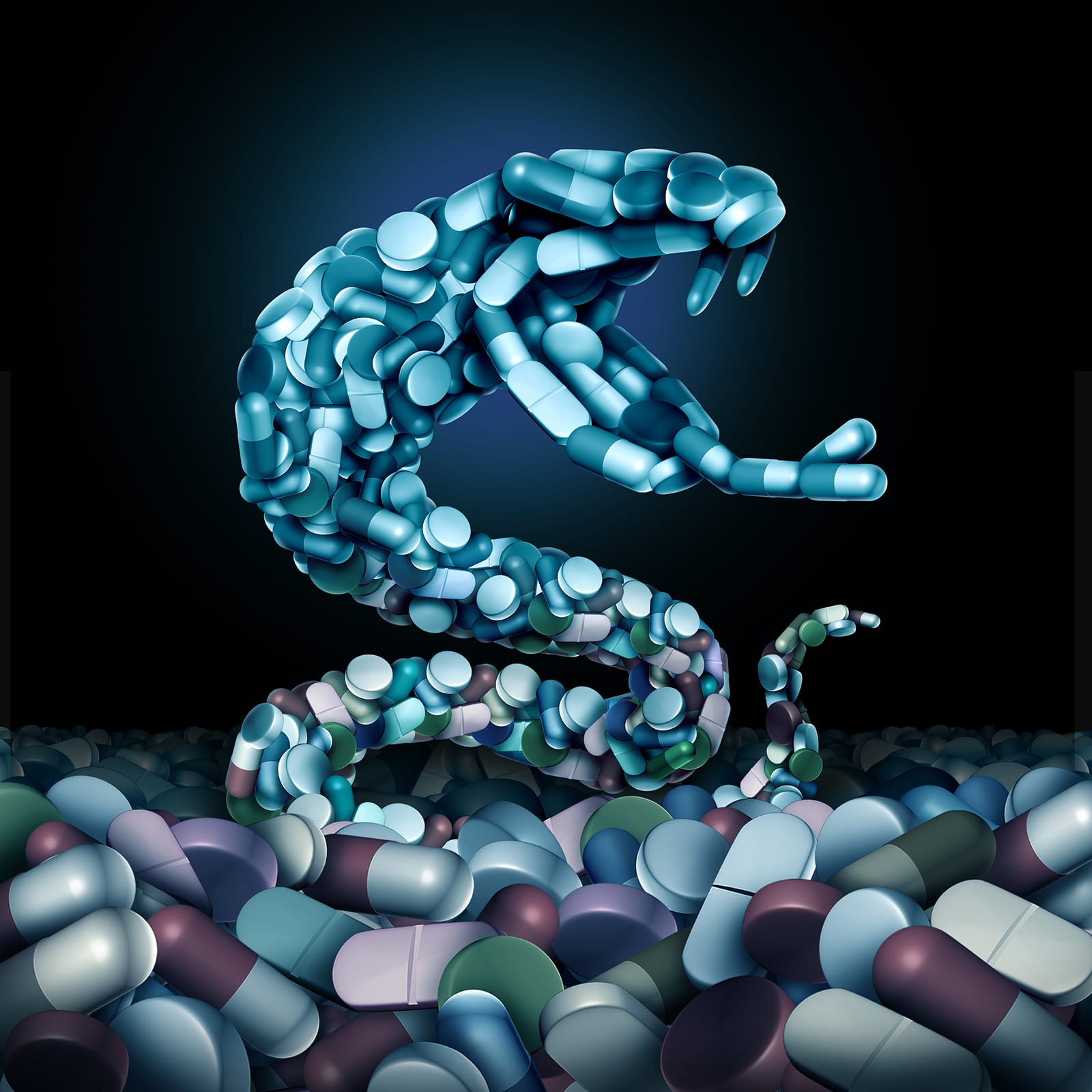Welcome back to our series on opioid addiction in America. Our last post shared resources on the origins, history, and current outlook of opioid abuse and addiction. Today we’ll discuss naloxone, and examine the research regarding increased access to this drug.
What Is Naloxone?
Naloxone is medication that can stop the deadly course of an opioid overdose. You may also hear this drug referred to as Narcan. The Substance Abuse and Mental Health Services Administration (SAMHSA) states that naloxone, “…blocks opioid receptor sites, reversing the toxic effects of the overdose.” Administered through injection or nasal spray, naloxone is utilized by countless medical professionals, emergency personnel, and family members to revive those who have overdosed and are at imminent risk of death. Note that naloxone does not treat addiction or opioid dependence.
How Important is This Drug?
Very important. During 2016, Virginia EMS administered 4,000 naloxone treatments to overdosed individuals. In many areas throughout the country, police and emergency personnel constantly carry naloxone kits. Going further, many states have passed various types of Naloxone Access Laws (NALs), which remove barriers to dispensing the drug. Finally, on April 5, 2018, the Office of United States Surgeon General issued a rare Advisory, encouraging a wide range of community members to be trained in naloxone use and to keep the drug close at hand.
How Do Virginians Access Naloxone?
In 2016, the Virginia State Health Commissioner issued a “standing order,” authorizing licensed pharmacists to dispense naloxone to individuals even without a specific prescription. According to the Virginia Health Department’s (VDH) naloxone FAQ Sheet, “In essence, the standing order serves as a prescription written for the general public, rather than specifically for an individual.” Learn more about dispensing requirements for pharmacists by visiting VDH’s “Protocol for the Prescribing and Dispensing of Naloxone.” You can also find information about REVIVE!,VDH’s naloxone education program by clicking here.
How Does Naloxone Access Impact Opioid Addiction Rates?
It depends on who you ask. For instance, a controversial new study conducted by researchers from the University of Virginia and the University of Wisconsin, raises concern about the unintended consequences of increased naloxone availability. The study entitled, “The Moral Hazard of Lifesaving Innovations: Naloxone Access, Opioid Abuse, and Crime” alleges that, “…Naloxone access may unintentionally increase opioid abuse through two channels: (1) reducing the risk of death per use, thereby making riskier opioid use more appealing, and (2) saving the lives of active drug users, who survive to continue abusing opioids.” The study acknowledges that naloxone saves lives in the short term, yet questions whether opioid abusers are unintentionally incentivized to continue “riskier behaviors.” However, even with its stark findings the authors still do not endorse scaling back naloxone use, asserting rather, “Looking forward, our results suggest that Naloxone’s effects may depend on the availability of local drug treatment: when treatment is available to people who need help overcoming their addiction, broad Naloxone access results in more beneficial results.”
It is important to note however, that earlier studies contradict the assertions in the Moral Hazard paper, and on the contrary, found that naloxone access decreased opioid-related mortality. In 2017, researchers with the National Bureau Economic Research published the study, “With a Little Help from My Friends: The Effects of Naloxone Access and Good Samaritan Laws on Opioid-Related Deaths,” which found, “…the adoption of a NAL is associated with a 9 to 11 percent reduction in opioid-related deaths” and that, “Finally, we find that neither NALs nor Good Samaritan Laws increase the recreational use of prescription painkillers.” The authors also cited more limited research from previous years, as corroboration of its findings.
Though these studies differ in their conclusions, both contribute to our national conversation about how society can best respond to addiction. We hope that these studies will be supplemented with additional data to provide more clarity on the subject.
Conclusion
Naloxone has and will continue to be an important weapon in our battle against the addiction crisis. Lives have been saved by this drug, and precious second chances provided to so many. However, we know that for recovery to occur, the addiction itself must be addressed. Our next post will examine treatment and recovery options for those seeking assistance with opioid addiction.
VACo Contact: Angela Inglett

